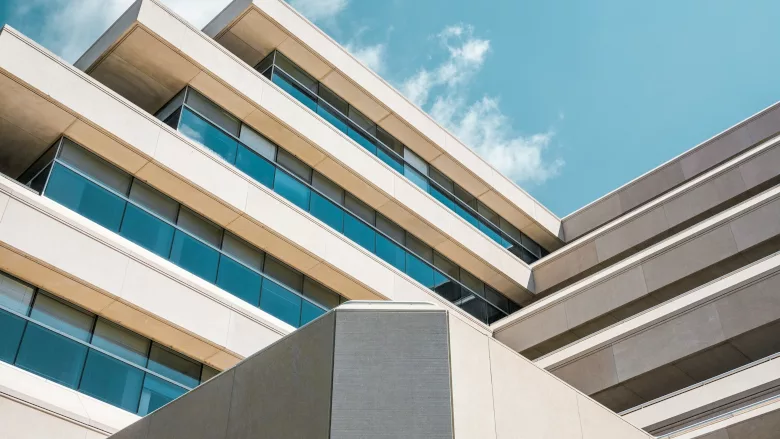Fixing physical security issues can increase construction costs by 20%

Image via Unsplash
Although many construction practitioners are committed to principles of security-by-design, a recent report by Brivo reveals that there are still shortcomings in the industry. Despite attempts to integrate physical security with building design, many buildings do not meet security standards and are subject to post-build fixes that can increase costs by 20%.
This report surveyed 800 building design decision-makers internationally and indicated that physical security is among the top three focuses in building design, with safety and sustainability at the top of the list. Among Architecture, Engineering and Construction (AEC) practitioners, 56% have a system in place to make physical security a part of building design. 41% are in the process of establishing such a system.
94% of AEC practitioners agree that physical security must be a key element in building design rather than an afterthought. The need for retroactive fixes creates additional expenses and poses risks, including contractual issues and legal actions.
However, there are barriers to integrating security-by-design, such as regulatory constraints, budget limitations and conflicts with design aesthetics. Nevertheless, the push for physical security as an essential utility is strong, as 88% of AEC practitioners report an increase in requests for security implementation.
Looking for a reprint of this article?
From high-res PDFs to custom plaques, order your copy today!






